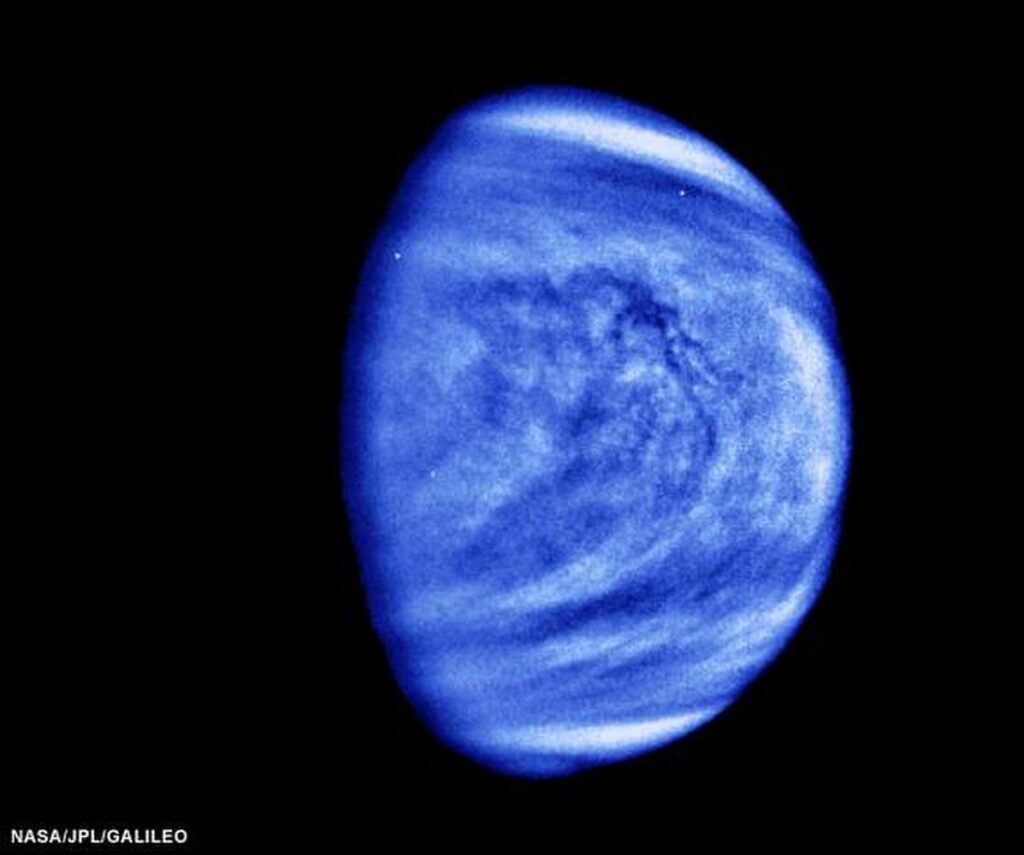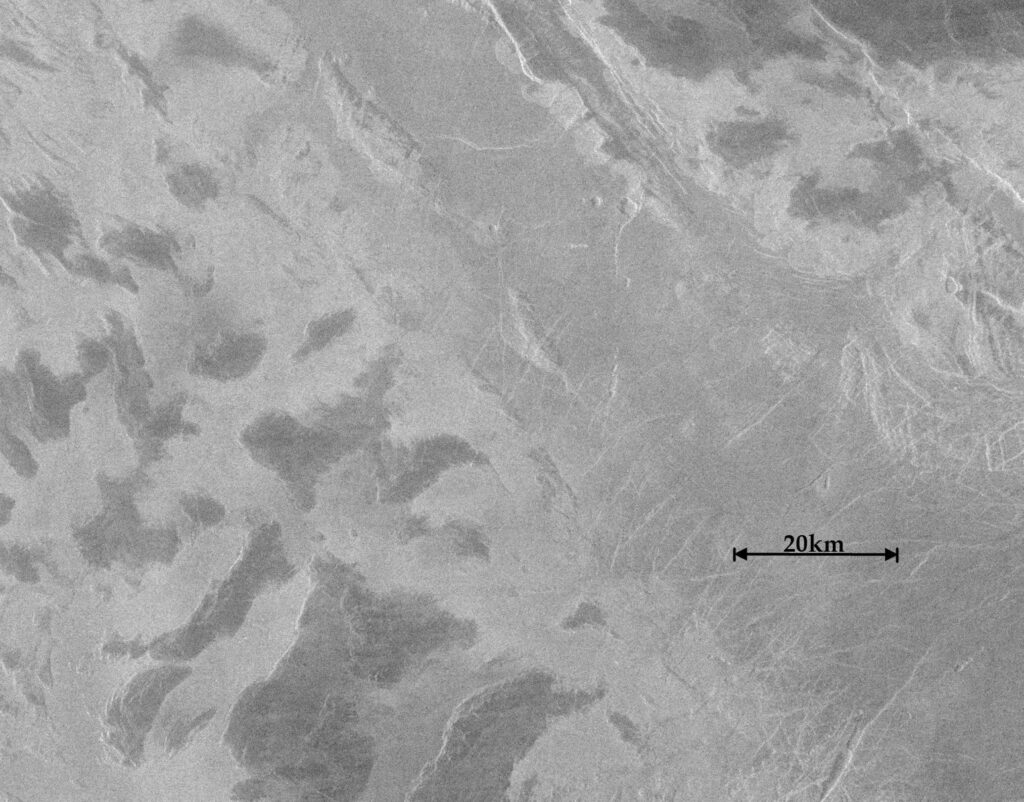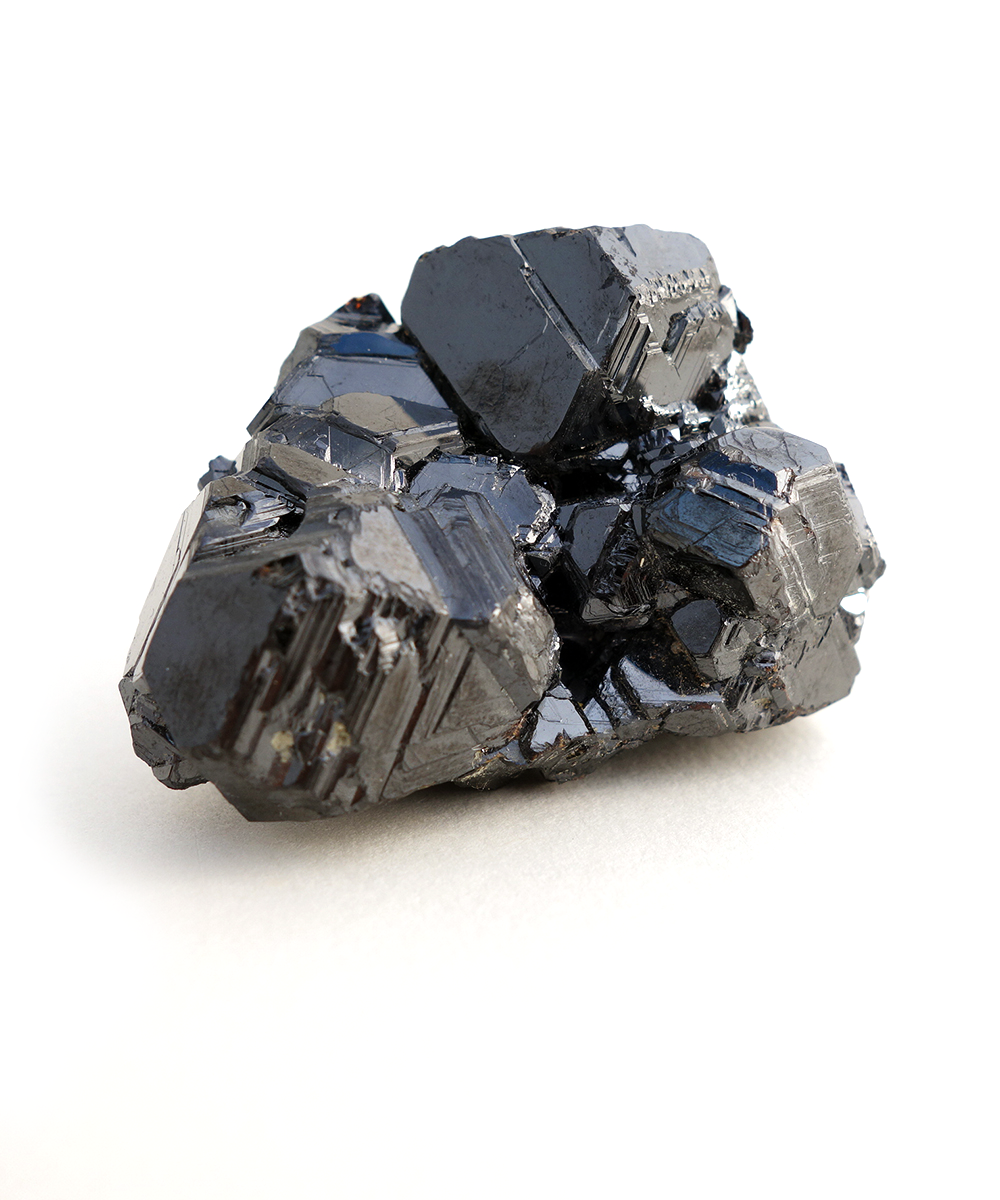The closest to the Earth and the second closest to the Sun planet of the solar system harbors lots of mysteries. Many of them have been solved since the beginning of the era of interplanetary flights. But, as it is often the case, humanity has received new questions along with the answers. One of them was: what makes the highlands of Venus reflect radar rays better than the surface of most lowlands does?

Due to the fact that Venus is constantly shrouded in dense clouds, its relief can be studied only with the use of radar (and partly by observations in the infrared range). The first spacecraft to compile a radar map of the planet was the American probe Pioneer Venus Orbiter. It worked in orbit around the Morning Star from December 1978 to October 1992, longer than any artificial satellite of any other planet in the 20th century. It turned out that different parts of the Venusian surface reflect radio waves differently: places covered with debris and cracks were “lighter” in radar images, and plains with a flat surface were “darker” (although it was expected that they would reflect radar rays better).

But most scientists were interested in the bright “caps” seen on the tops of all the Venusian mountains, except the peak of Maat (many researchers tend to consider it an active volcano). The existence of this phenomenon was later confirmed by the Soviet spacecraft Venus-15 and Venus-16, as well as the American Magellan, which explored the nearest planet from 1990 to 1994 and compiled its most detailed topographic map. The “White Mountains” of Venus are very similar to the snow-capped peaks of the earth’s mountain ranges. The explanation for this phenomenon is very simple: a substance evaporates in the lowlands, where the temperature exceeds + 470 ° C, and condenses on the hill, where it is a little “cooler”. The problem was that it was not possible to find the right substance for the harsh conditions of the “Morning Star” immediately. Initially the most obvious “candidate” was sulfuric acid, of which dense Venus clouds consist, but later it turned out that even at the highest points of the surface, the temperature is much higher than the decomposition temperature of this aggressive compound (especially since it is unlikely to “hold” on mountain slopes). Therefore, planetologists began to look for other options.

As early as 1994, a group of scientists from the Center for Earth and Planetary Science at the University of St. Louis, Missouri, suggested that under the conditions of Venus, some substances may behave differently than in terrestrial laboratories. For example, the refractory mineral galena (lead sulfide) begins to evaporate at a temperature of + 450 ° C on Venus. This means that it can be present in significant concentrations in the lower layers of the Venusian atmosphere, and when this compound reaches a higher altitude, it condenses, immediately solidifying and forming a kind of “frost” except that it is coal-black. However, on radar images it will appear white.

Elise Harrington from Simon Fraser University (Canada) recently managed to confirm this assumption using computer simulations in her research. She was able to find another “radar-bright” compound, which behaves in a similar way in the conditions of Venus — bismuth sulfide (bismuth is a heavy metal).

Interestingly, the Earth’s deposits of lead and bismuth — enough valuable non-ferrous metals used, inter alia, in nuclear energy production — are gradually depleted, and for their extraction we often have to dig deep into the earth’s crust. On Venus, their minerals literally lie on the surface. However, we still do not know if their layer on Venus mountains is thick enough. Only automatic probes that reach the surface of the nearest planet will give us the opportunity to find it out (and finally check the conclusions of scientists). No space agency is currently planning such missions.

